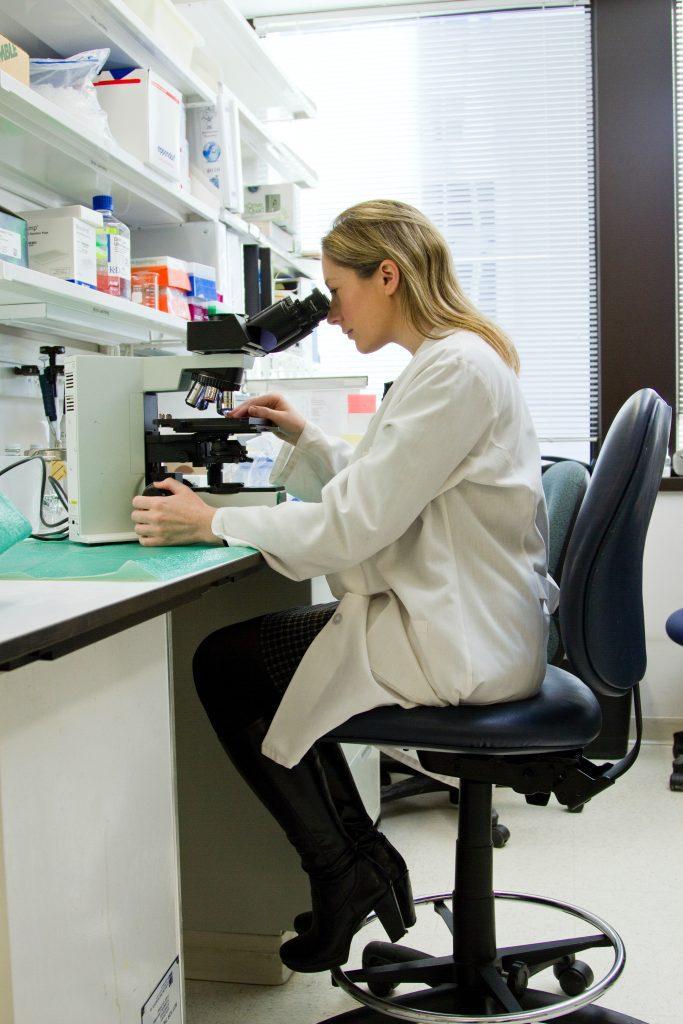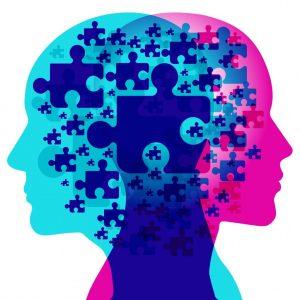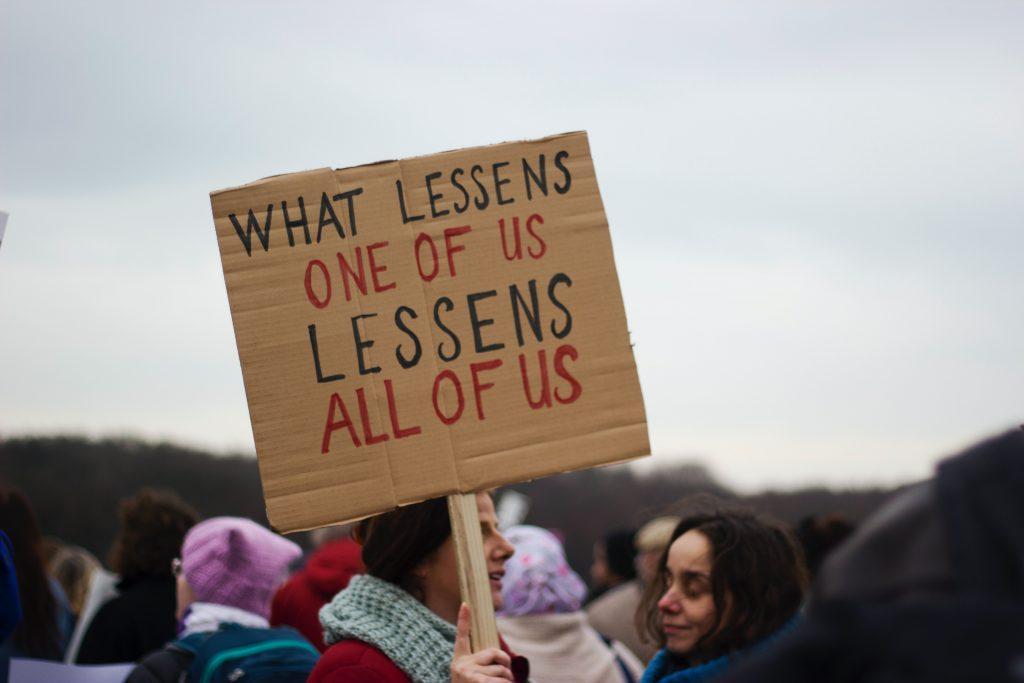What does gender equality mean for health and well-being?

Gender is not only a biological notion, but rather the characteristics of gender behaviours, qualities, and responsibilities. It also defines the availability and accessibility of social and economic reserves, which includes healthcare resources and services, laws and policies, and the opportunity to make decisions. Accessibility to healthcare services for better well-being, regardless of gender, is essential and is considered a basic human right. The United Nation’s Sustainable Development Goals (SDGs) bring together the ‘SDG – 5 Gender equality and equity’, and ‘SDG – 3 Health and well-being for all’ in the twin-track approach that addresses their commonalities.
Self-assessment for gender inequality practices
Though it has been commonly discussed on many occasions, gender inequality remains a major concern throughout the world. This is mainly due to many individuals, including leaders, policy makers, as well as women themselves, being unprepared to acknowledge their unconscious gender bias.

In addition, it can be seen that language, cultural norms, and behaviours are directly linked to the patterns perceived within their environment. These patterns are what help an individual in their decision-making, and every person, on some unconscious level, tends to be gender-biased. This can be seen in the use of gendered terms in day-to-day conversations, such as doctor vs lady doctor, scientist vs female scientist is common, where nurture and care are inclined to be female terms, while leader, decision-maker, and action-taker lean towards being male terms. Furthermore, success stories and biographies of men continuously appear in the media, which creates trends that lean towards continuous long-term behavioural changes in society. Moreover, gender bias is also commonly seen in women who tend to think that activities, such as childcare and house chores, are their sole responsibility, where they unconsciously expect praise for doing these acts.
Following these patterns and behaviours without being deeply aware of them reflects an unconscious bias towards gender inequality, which can consequently lead to severe unconscious health burdens.
Gender inequality – Behind the brain

According to Stanford Medicine researchers, the human brain is a gendered organ by birth that may act differently, where different sizes and neuronal pathways may be triggered differently. This makes each gender different in their behaviour, characteristics, and cognitive abilities from birth to their early years. For example, research has shown that caring for the young is demonstrated more in female mice, while supplying, feeding, and fighting instincts were more observed in male mice.
These results reflect different gendered perspectives in decision-making, different adaptabilities to situations, and different patterns of action. However, this concept is highly argued by modern science, as the brain is also a highly dynamic organ. Human systems and behaviours are changing every minute, where every experience and exposure is adapted according to the environment, which gives each individual a unique set of abilities and skills.
However, what do these outcomes mean in the workplace and society? Having a gender-equal workplace is not merely about delivering basic human rights, but also allowing the maximum skillset and diverse set of abilities to be demonstrated in the workplace environment. This diverse group is made by a gender-equal community. Creating a gender-equal community generates a safe and comfortable environment for everyone, while maintaining sustainable physical and mental health as well as general well-being.
Trending issues in healthcare with regards to gender inequality – How does it affect both women and men?
Epidemiology data from the United Nations and other resources show that gender inequality in health and well-being is widespread. In the general community, women’s health is far less focused on than men’s health. However, the disadvantages of gender inequality at the workplace and in the community can severely impact the health and well-being of both women and men.
Cultural norms and gender-discriminated health statuses
Women’s health is often limited to reproductive and mental health-related issues. Non-communicable diseases, which are a major health burden in both men and women equally, have not been given an equal attention in women’s health. Moreover, traditional attitudes and cultural norms can play a critical part in assigning health conditions to a particular gender, defining illnesses as either more feminine or masculine. These mindsets not only affect women but men as well. Men are often discouraged to seek medical attention for conditions, such as depression, anxiety, and sexual health issues in fear of shame. Consequently, it may lead to a delayed diagnosis or remain undiagnosed.
Furthermore, young boys tend to face bullying and physical violence at school, and due to the cultural norms of masculinity, do not come forward or seek advice and support. Consequently, young male adolescents lean towards alcohol and tobacco abuse as a show of masculinity and to attain social superiority, which can lead to long-term illnesses and an elevated healthcare burden.
Though there may be a biological impact, being overweight or obese is more experienced by women. Social and cultural norms could be causing young women to be unsatisfied with their bodies and appearances even without having an unhealthy level of obesity. This can also lead to severe health conditions, such as anorexia and mental health issues. However, it also equally impacts men. A large muscular body may culturally be recognised as masculine, and in cases of men who do not have such a physique, they may tend to consume harmful substances or face a lack of confidence and mental health issues. Hence, these gender-biased cultural norms can ultimately lead to higher rates of suicide and self-harm among both men and women.
Child marriage

A recent study published in Lancet reported significantly higher rates of child marriages in the Asia-Pacific regions, where >30% of women were married off before the age of 18. In addition, global data has shown that, in 2018, around 34% of women-related homicides were committed by their male partners.
Furthermore, girls entering early marriages before an appropriate age, tend to leave formal education establishments. This coincides with the added disadvantage of being less able to make decisions on better healthcare options for their children. The burdens related to child marriage do not only apply to girls but to young boys as well. Underage marriage can have a severe impact on mental health and well-being (Sezgin, and Punamäki, 2020).
As a result of underage marriage, subsequent underage pregnancies have also become a severe health burden, leading to higher maternal mortality rates, where the maternal mortality of adolescents has been recorded to be 17% higher than in adult women. Moreover, adolescent maternity also results in limited employment opportunities for women and girls, which is mainly due to the inaccessibility to modern, safe, and effective contraceptive methods as well as a lack of knowledge of having other options (Jain, and Muralidhar, 2011). This is common in both men and women, in which a proper reproductive health education is essential to all children without any gender bias, rendering the adolescent pregnancy as the responsibility of both parties.
Gender equality is everyone’s responsibility
Gender equality can have an equal positive effect on both women’s and men’s health. For instance, men with childcare are less likely to consume alcohol and drugs, while men in caregiving capacities tend to be less violent. The accessibility to healthcare in the community, regardless of their gender, is important for a company’s sustainability, thrivability, and growth. As a leader, by addressing gender equality at the workplace, one can reach out, to not only the women’s needs, but also to the men who would not seek help due to a lack of confidence. In the general community, this could also be the case of a close family member who is suffering from gender inequality.

According to the latest United Nations statistics and gender equality measurements, the majority of countries around the world, and none of the World Health Organization member countries, have yet attained complete gender equality.
This begins at the individual level, where being aware and being mindful of the behaviours, own thinking patterns, the terminology used in day-to-day talk, and the immediate surrounding is critical. Observing one’s self and the environmental patterns to notice how healthcare is being managed at the individual level and those surrounding the individual. To attain equality, one does not need to abandon the current life style, but the attitudes that lean towards gendered terms, practices, and norms.
Act for yourself: 9 simple steps to improve gender equality and health-related issues
- Integrating gender equality goals for healthcare into annual development plans.
- Developing gender-neutral health policies and reviewing them regularly.
- Improving financial management to ensure both men and women have equal access to funds supporting healthcare.
- Improving gender-balanced healthcare research with equal representation of all gender categories.
- Creating an environment that allows both men and women to highlight gender inequality.
- Promoting gender-neutral attitudes towards biased occupations and terms, such as leadership, empowerment, parenthood (equal importance in motherhood and fatherhood), caregiving as well as reproductive, sexual, and mental health.
- Creating a safe working environment for all workers regardless of their gender.
- Teaching and training children to accept the new cultural norms and terms. Raising them in a gender-neutral environment, so that they grow up believing in a gender-equal society.
- Believing that the current attitudes and patterns of thinking should change over time. Knowing and understanding that it cannot happen overnight, but will need to proceed slowly, gradually, and consistently.
Learn more about gender equality and other sustainability topics on our THRIVE platform!























